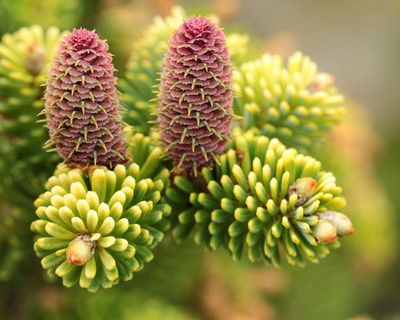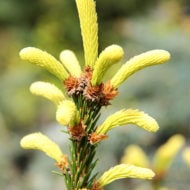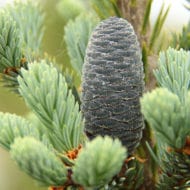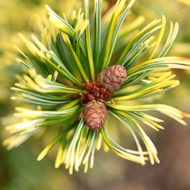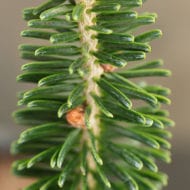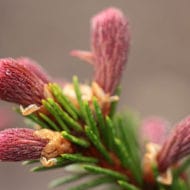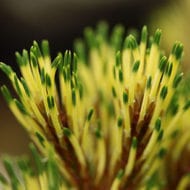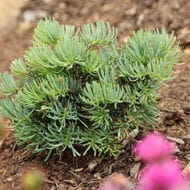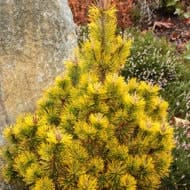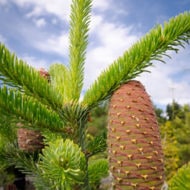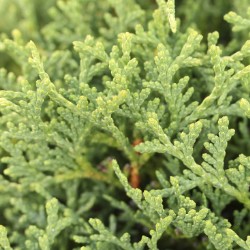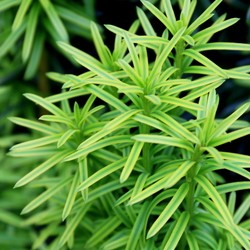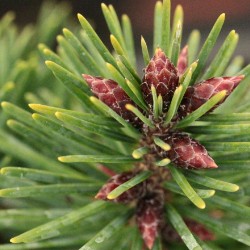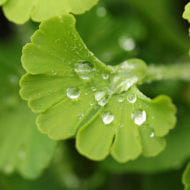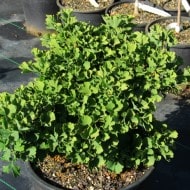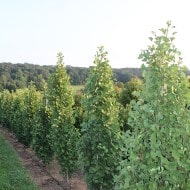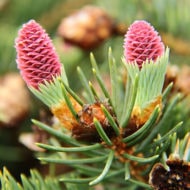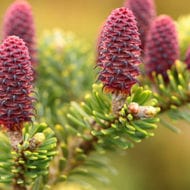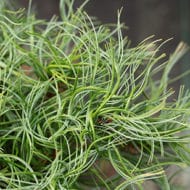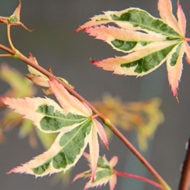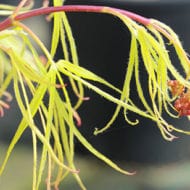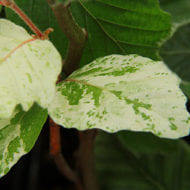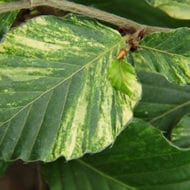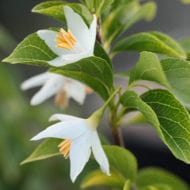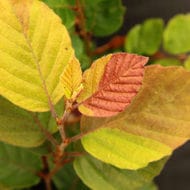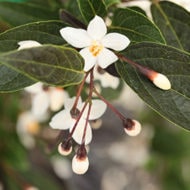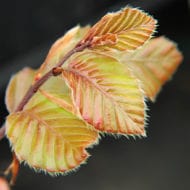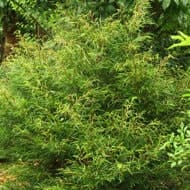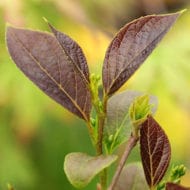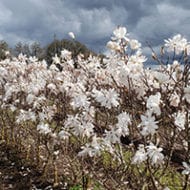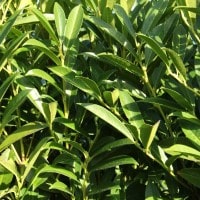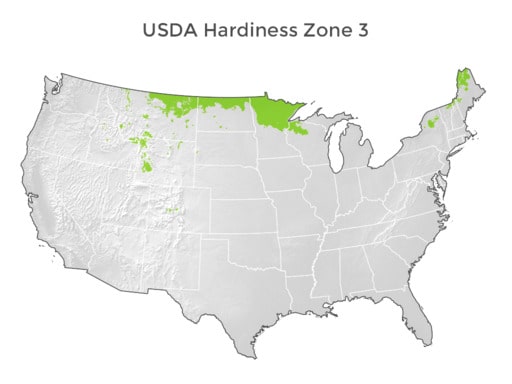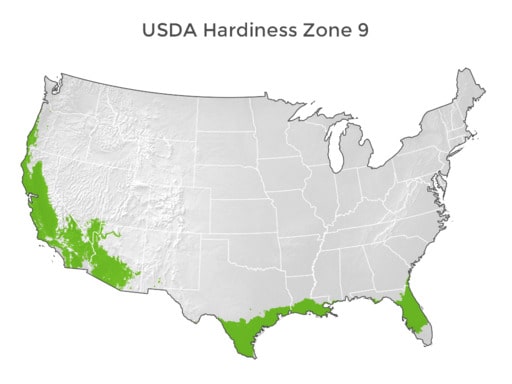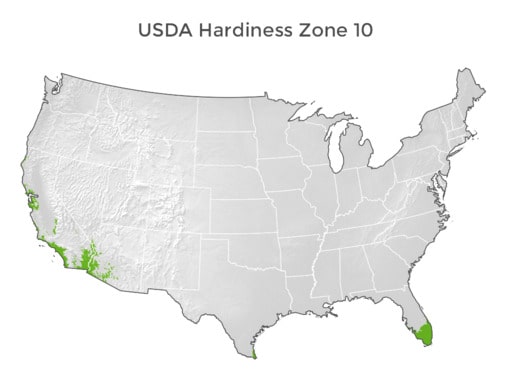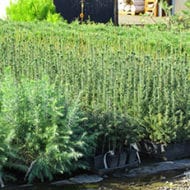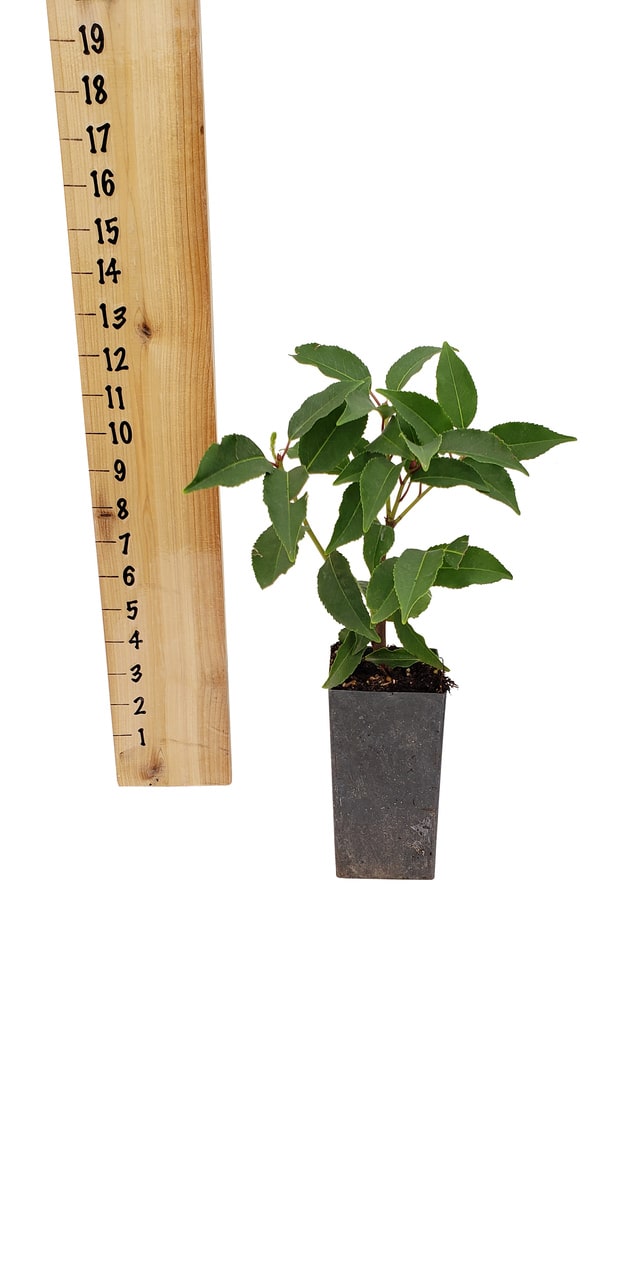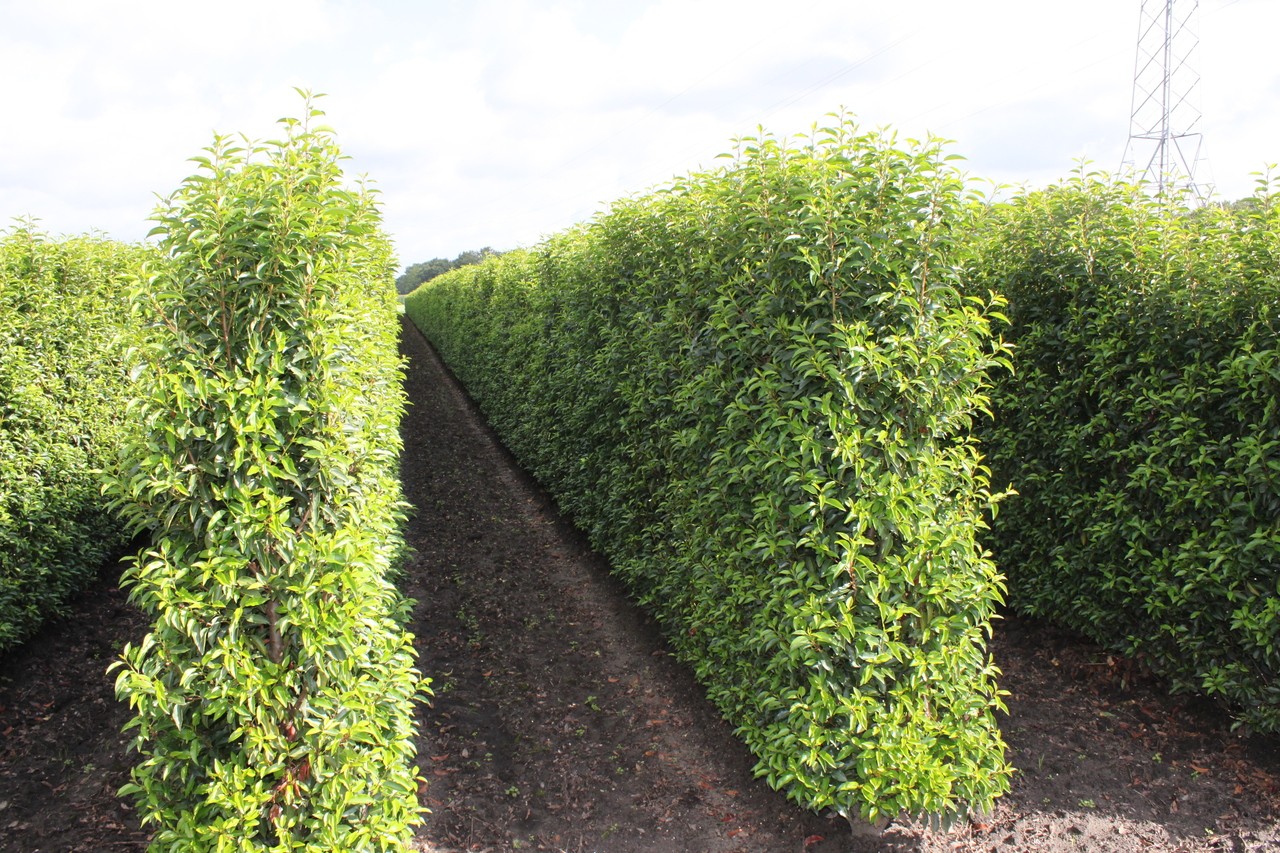



Prunus lusitanica Portuguese Laurel Tree Pot
- Dark green, evergreen foliage against red stems
- Fragrant white flower spikes and blue-black berries
- Drought-tolerant and deer-resistant
Portuguese laurel has stunning evergreen foliage in a deep hue unlike any of the other cherry laurels.
Bulk Discounts Available
Tree Pots
- Base Price: $6.99 ea
- 12-35 Units: $5.99 ea
- 36+ Units: $5.75 ea
Description
Portuguese laurel has stunning evergreen foliage in a deep hue unlike any of the other cherry laurels. With beautiful red contrasting stems, showy white flower clusters, and black, shiny berries, Portuguese laurel makes a statement. Not only is it gorgeous, it is easy to grow, deer-resistant, and drought-tolerant once established. It grows well in hot, coastal climates.
USDA Hardiness Map

Plant Form

About Portuguese Laurel
Portuguese laurel is not a true laurel, but one of the “Cherry-laurels” that are part of the cherry genus (Prunus) but look more like laurels (Laurus). Portuguese laurels have an extraordinary foliage color that is deep green and glossy. The petioles are red, providing beautiful color contrast. In early summer, it will bloom with sweeping white flower clusters that will develop into black fruits by late summer (the fruits are enjoyed by birds but are not edible for mammals).
Growth Rate
It grows moderately fast, about 1-2 feet per year. Its growth habit is denser than the other cherry-laurels, making it a very effective privacy screen. It can easily be maintained at anywhere from 4-10 feet tall as a hedge. Portuguese laurel responds very well to pruning and is a favorite hedge type. Portuguese laurel is easy to grow. It is deer-resistant and grows well in warm coastal climates. Once established, it is very drought tolerant. It grows well in a wide variety of soil types, from sandy to clay.
Portuguese Laurel or Portuguese Cherry Laurel (Prunus lusitanica) is a broadleaf, evergreen tree native to Spain, Portugal, and the western Mediterranean region. It is an excellent, all-season garden plant with its shiny, leathery leaves, fragrant flowers, and the ability to be pruned into any size hedge or topiary. Because of its many excellent attributes, it won the 1993 Royal Horticultural Award of Garden Merit and the Pennsylvania Horticultural Society’s Gold Medal Award in 2012.
Portuguese Laurel makes an exceptional hedge, and if allowed to grow to its natural height without pruning, it will grow quickly to 10′-20′ × 15′-20′ with a dense, rounded crown above a dark gray trunk. Its lance-shaped, leathery leaves are 2.5″-5″ long and dark green, with lighter green undersides, and its red stems make a bright contrast with the green leaf blades. Spikes of sweetly fragrant white flowers bloom in the late spring or early summer and develop into red cherries that turn bluish-black in the late summer or fall.
Care and Maintenance
This is a plant that can adapt to a variety of conditions in hardiness zones 6-9. It does well in either full sun or partial shade and various soil types, including sandy, clay, loam, or alkaline. While it may grow slower than English Cherry Laurel (Prunus laurocerasus), its smaller leaves and greater tolerance to wind, heat, and drought make it a good choice. It has average water needs and requires watering at planting but is quite drought-tolerant once established. In addition, this beautiful tree is resistant to pests and diseases, including the shot-hole fungus that often affects English Cherry Laurel.
Uses in Landscaping
Portuguese Laurel is excellent as a specimen plant and a great choice for hedges, screens, windbreaks, or shrub borders in sunny locations or light shade. It is easily pruned into a hedge of any size and shape for any garden style, such as an urban garden, courtyard, cottage garden, or Mediterranean garden. Bees and other pollinators are attracted to the fragrant flowers, and although the leaves and unripe berries are toxic to people and animals, birds love the cherries in the summer and fall.
Companion Plants
Companion plants for Portuguese Laurel should be selected according to their growth habit, height, color, and cultural needs. Shrubs like osmanthus, boxwood, gardenia, camellia, roses, viburnum, rhododendron, azalea, low-growing junipers, rockrose, weigela, abelia, and potentilla (Dasiphora) go well planted nearby. Flowering perennials such as lavender, lilyturf, lithodora, Asiatic lilies, astilbe, echinacea, and dianthus show off their colors against the dark green of the laurel. Ground covers like creeping thyme, periwinkle, creeping phlox, sedum, and hens and chicks offer contrasting colors and textures to the tree.
Top Qualities of Portuguese laurel
- Deep green foliage
- White flowers and showy fruit
- Moderately fast growth rate
- Dense growth habit
- Easy to grow
Additional information
| Weight | N/A |
|---|---|
| Latin Name | Prunus lusitanica |
| Common Name | Portuguese laurel |
| Sun Exposure | Sun to partial shade |
| Annual Growth | 1-2' per year |
| HXW@10 YEARS | 10'x6' |
| Color | Green |
| Plant Form | Upright Open |
| Growth Rate | Moderate |
| Hardiness Zone | 6b |
| Color | |
| Your auto-detected zip code |  |
| hardiness zone based on zip code |  |
| You can also try another zip code |
Related products
-

Taxus x media ‘Hicksii’ Hicks Yew MiniHedgeXL
View Details -
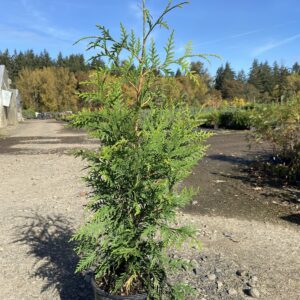
Thuja x ‘Green Giant’ Green Giant Arborvitae
$16.99 View Details This product has multiple variants. The options may be chosen on the product page -

Prunus laurocerasus English laurel InstantHedge 10 linear feet
$1,439.99 View Details This product has multiple variants. The options may be chosen on the product page -

Thuja occidentalis ‘Smaragd’ Emerald Green Arborvitae Tree Pot
$6.99 View Details This product has multiple variants. The options may be chosen on the product page


